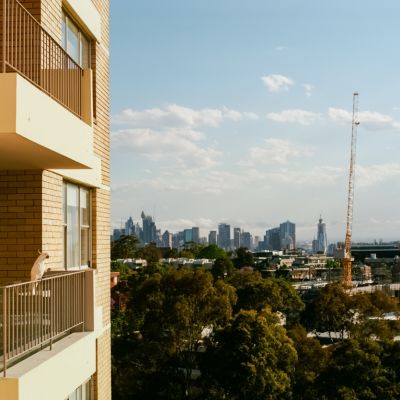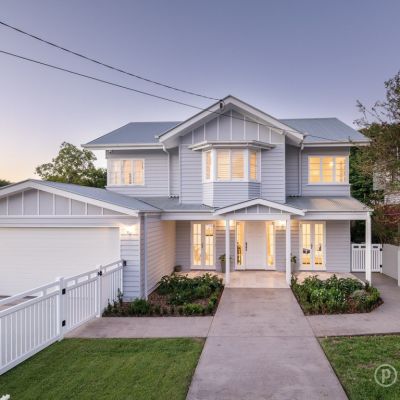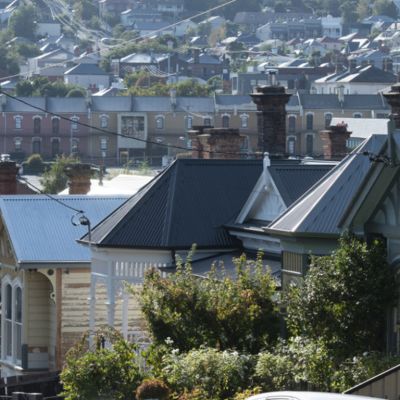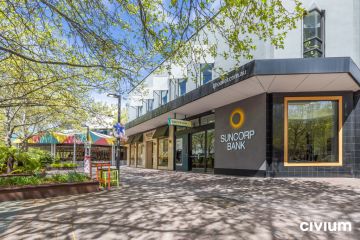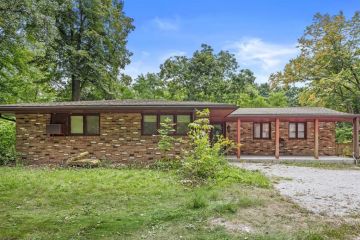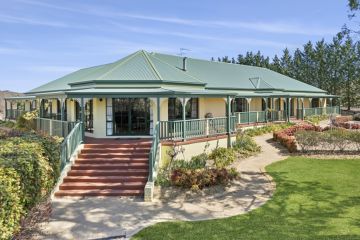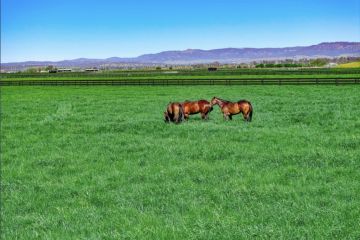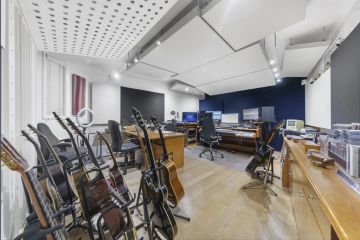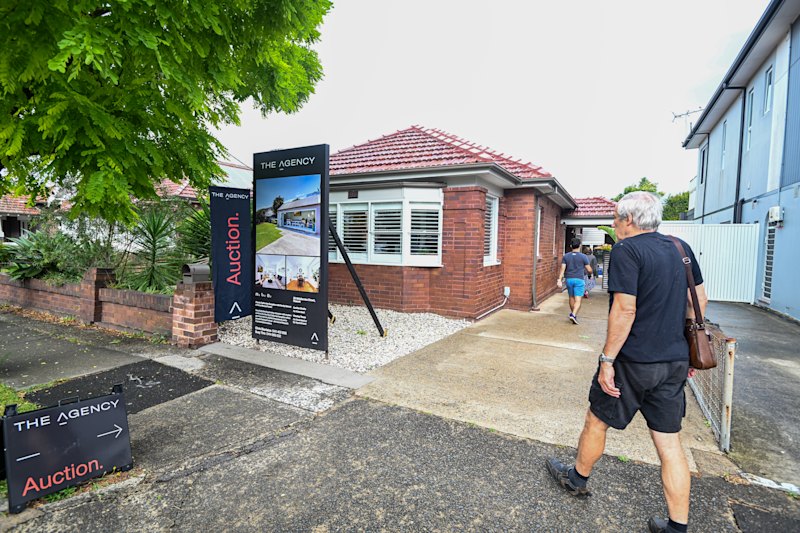Australia’s most expensive city to live in is not Sydney
Despite popular belief, Sydney is not Australia’s most expensive city to live in. In fact, a shocking city has outranked it, a new study found.
The latest Cost of Living Index by City published by data company Numbeo ranks the most expensive cities by scoring everything from cost of living, rent, grocery, restaurant prices and local purchasing power. It ranks 200 cities, with most of Australia’s capital cities ranking in the top 50.
In the list, Adelaide surprisingly ranks 20th globally, outranking the likes of Sydney, Melbourne and Brisbane.
| National Rank | Global Rank | Capital City | Cost of Living Index | Rent Index | Cost of Living Plus Rent Index | Grocery Index | Restaurant Price Index |
Local Purchasing Power Index
|
| 1 | 12 | Canberra | 79.3 | 39.8 | 60.3 | 81.3 | 81.5 | 104 |
| 2 | 20 | Adelaide | 76 | 32.5 | 55.1 | 80.6 | 79.8 | 109 |
| 3 | 24 | Sydney | 73.4 | 51.5 | 62.9 | 79.9 | 61.7 | 118.5 |
| 4 | 32 | Perth | 69.6 | 34.1 | 52.5 | 76.3 | 62.3 | 140.8 |
| 5 | 40 | Brisbane | 67.9 | 36.5 | 52.8 | 74.3 | 60.1 | 135.2 |
| 6 | 42 | Melbourne | 67.8 | 36.1 | 52.6 | 74 | 62.3 | 142.8 |
For many Australians, Adelaide is viewed as a relatively affordable city (compared to Sydney, Canberra and Melbourne), especially when purchasing and renting property.
The median house price in Adelaide is $929,972, and the median rental asking price for a house is $595.
It is more affordable than Sydney (where the median house price is $1.6 million and median house rental price is $750) and Canberra (median house price is $1.04 million and median house rental price is $690), according to Domain data.
| Capital City | Median house price |
| Sydney | $1,662,448 |
| Melbourne | $1,068,805 |
| Brisbane | $976,464 |
| Adelaide | $929,972 |
| Canberra | $1,041,432 |
| Perth | $852,240 |
| Hobart | $686,053 |
| Darwin | $585,047 |
| Combined capitals | $1,154,394 |
PRD real estate chief economist Dr Diaswati Mardiasmo says there is more to an economy than just the housing market that affects its cost of living index.
“There are a few things that make Sydney more affordable in terms of the cost of living. The first one is that the purchasing power of people in Sydney is much higher than in Adelaide, which means that people in Sydney earn more in terms of family or personal income,” she says.
“People in Sydney are probably one of the most well-off in terms of wages. And in Adelaide and in Brisbane, because they have been known as the more affordable cities, our wages are much lower than in Sydney.”
The average weekly earnings for residents of NSW is $1503, while in South Australia, it’s just $1336, according to Australian Bureau of Statistics data.
The average weekly earnings for Victoria is $1440, for Queensland, $1490, and for ACT, $1677.
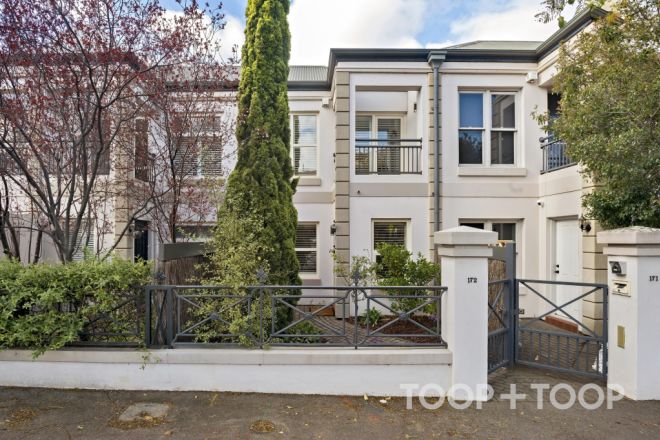
Maridiasmo also says the cost of groceries and food can severely impact a city’s livability index.
“When you look at the prices of groceries and restaurants in Canberra and in Adelaide, it is much higher than Sydney,” says Mardiasmo.
“In terms of getting products to Adelaide and Canberra, it is much more expensive to get products from a freight perspective and a transport cost perspective. That contributes to the cost of groceries and also the number of available groceries.”
Domain chief of research and economics Dr Nicola Powell says Adelaide has felt the impact of inflation costs more because it came from a lower wage base.
“If you are starting at a lower base, you’re going to feel it more so in those cities with that lower average wage. The starting point probably wasn’t favourable in Adelaide, which is why you’ve seen such a dramatic impact on that cost of living index,” she says.
Powell says Adelaide has been one of the best-performing capital city markets in terms of property in the past five years, with house prices rising by 73.1 per cent in that period.
“This was a price growth cycle that has surpassed all others for the city, and that cost of living, in terms of purchasing [property], and I assume rents would be the same, is one of those things that’s really detrimental to the cost of living.”
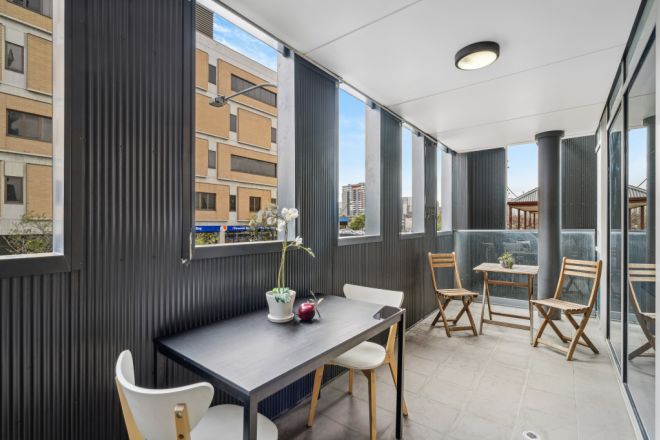
Professor of property and housing economics at the University of South Australia Chris Leishman says Adelaide was historically one of the cheapest places to live. This attracted people from more expensive cities to migrate to South Australia and led to significant house price and rent increases.
“Adelaide is really affordable; it kind of looks like a bargain to people coming from Melbourne and Sydney in terms of buying a second home or an investment property,” he says.
“The thing is that in Adelaide, the prices never really go down, but you get years and years when it doesn’t go up much, and then all of a sudden there’s a surge that will last a couple of years.”
“I think a lot of people are surprised that the growth has been so persistent. Even in the face of increasing interest rates, the housing market in Adelaide hasn’t really slowed down very much.
“I think that’s because the market is really dominated by people with a lot of equity, with some cash buyers, cash buyers and people who already own multiple properties.”
Leishman says the cost-of-living crisis disproportionately affects lower-income people, so if the cost-of-living index continues to increase, it will be harder for everyone to live, regardless of whether they live in Adelaide, Canberra, or Sydney.
We recommend
We thought you might like
States
Capital Cities
Capital Cities - Rentals
Popular Areas
Allhomes
More
